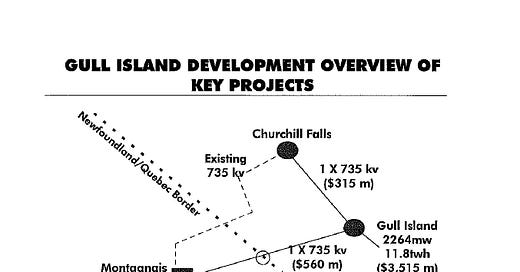How the Labrador Hydro talks might play out
The legacy of 2006 is more potent than the lessons of 1969

Konrad Yakabuski writes for the Globe and Mail and for Le Devoir.
A couple of weeks ago, Konrad told his Le Devoir audience about Q…
Keep reading with a 7-day free trial
Subscribe to Bond Papers to keep reading this post and get 7 days of free access to the full post archives.



